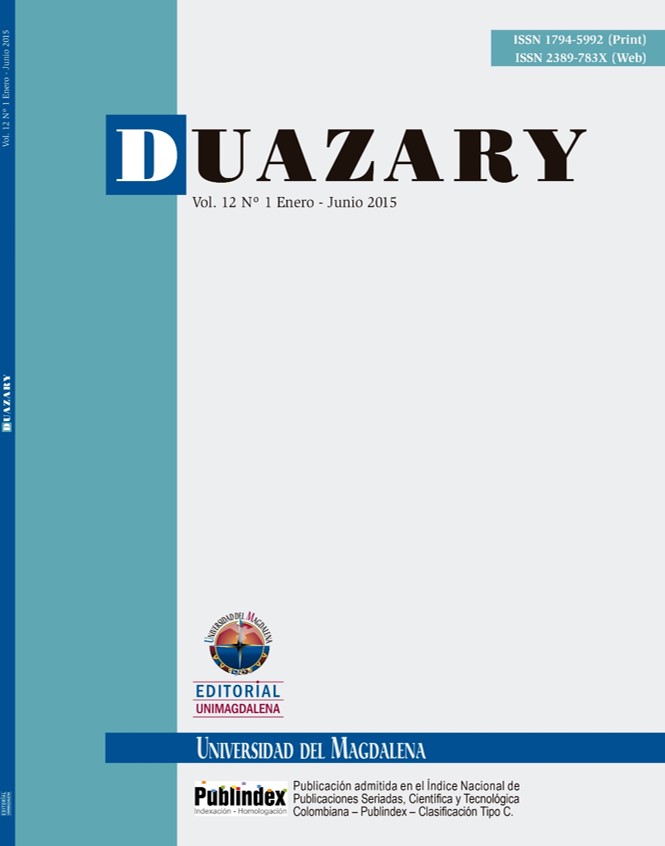Mesiodens in unusual position: a case report
Main Article Content
Abstract
Downloads
Article Details
References
Mukhopadhyay S. Mesiodens: a clinical and radiographic study in children. J Indian Soc Pedod Prev Dent. 2011;29(1):34-8.
Khandelwal V, Nayak AU, Naveen RB, Ninawe N, Nayak PA, Sai Prasad SV. Prevalence of mesiodens among sixto seventeen-year-old school going children of Indore. J Indian Soc Pedod Prev Dent. 2011;29(4):288-93.
Díaz ML, Vicente M. Mesiodens: presentación de tres casos. Rev Pediatr Aten Primaria [revista en la Internet]. 2010 Mar [citado 2012 Mayo 09] ; 12(45): 79-87.
Kazanci F, Celikoglu M, Miloglu O, Yildirim H, Ceylan I. The frequency and characteristics of mesiodens in a Turkish patient population. Eur J Dent. 2011;5(3):361-5.
Russell KA, Folwarczna MA. Mesiodens--diagnosis and management of a common supernumerary tooth. J Can Dent Assoc. 2003;69(6):362-6.
Fardi A, Kondylidou-Sidira A, Bachour Z, Parisis N, Tsirlis A. Incidence of impacted and supernumerary teeth-a radiographic study in a North Greek population. Med Oral Patol Oral Cir Bucal. 2011;16(1):e56-61.
Asaumi JI, Shibata Y, Yanagi Y, Hisatomi M, Matsuzaki H, Konouchi H, et al. Radiographic examination of mesiodens and their associated complications. Dentomaxillofac Radiol. 2004;33(2):125-7.
Montenegro PF, Castellón EV, Aytés LB, Escoda CG. Retrospective study of 145 supernumerary teeth. Med Oral Patol Oral Cir Bucal. 2006 ; 1;11(4):E339-44.
Jaspers G, van Gool L. [A man with pain in his upper jaw]. Ned Tijdschr Geneeskd. 2011;155(18):A2391.
Van Buggenhout G, Bailleul-Forestier I. Mesiodens. Eur J Med Genet. 2008;51(2):178-181.
Gunduz K, Celenk P, Zengin Z, Sumer P. Mesiodens: a radiographic study in children. Journal of oral science. 2008;50(3):287-291.
Meighani G, Pakdaman A. Diagnosis and management of supernumerary (mesiodens): a review of the literature. J Dent (Tehran). 2010;7(1):41-9.
Celikoglu M, Kamak H, Oktay H. Prevalence and characteristics of supernumerary teeth in a nonsyndrome Turkish population: associated pathologies and proposed treatment. Med Oral Patol Oral Cir Bucal. 2010;15(4):e575-8.
Ferres-Padro E, Prats-Armengol J, Ferres-Amat E. A descriptive study of 113 unerupted supernumerary teeth in 79 pediatric patients in Barcelona. Med Oral Patol Oral Cir Bucal. 2009; 1;14 (3):E146-52.
Alacam A, Bani M. Mesiodens as a risk factor in treatment of trauma cases. Dent Traumatol. 2009 Apr;25(2):e25-31.
Hyun HK, Lee SJ, Lee SH, Hahn SH, Kim JW. Clinical characteristics and complications associated with mesiodentes. J Oral Maxillofac Surg. 2009 ;67(12):2639-43.
Gosselin ML, Doyle T, MacLellan J, Anderson RD, Dyment H. A talon cusp mistaken for a mesiodens: case report. J Can Dent Assoc. 2012;78:c6.
Baxendale BR, Vater M, Lavery KM. Dexamethasone reduces pain and swelling following extraction of third molar teeth. Anaesthesia. 1993;48(11):961-4.
Graziani F, D’Aiuto F, Arduino PG, Tonelli M, Gabriele M. Perioperative dexamethasone reduces post-surgical sequelae of wisdom tooth removal. A split-mouth randomized double-masked clinical trial. Int J Oral Maxillofac Surg. 2006;35(3):241-6.
Chan MY, Shifteh K, Shanske AL. Mesiodens, a new microform of holoprosencephaly? American journal of medical genetics Part A. 2009;149A(2):268-71.
Srivatsan P, Aravindha Babu N. Mesiodens with an unusual morphology and multiple impacted supernumerary teeth in a non-syndromic patient. Indian J Dent Res. 2007;18(3):138-140.
Ramsaran AS, Barclay S, Scipio E, Ogunsalu C. Nonsyndromal multiple buried supernumerary teeth: report of two cases from the English-speaking Caribbean and a review of the literature. West Indian Med J. 2005;54(5):334-336.
Batra P, Duggal R, Parkash H. Non-syndromic multiple supernumerary teeth transmitted as an autosomal dominant trait. J Oral Pathol Med. 2005;34(10):621-625.
Schmuckli R, Lipowsky C, Peltomaki T. Prevalence and morphology of supernumerary teeth in the population of a Swiss community. Short communication. Schweiz Monatsschr Zahnmed. 2010;120(11):987-993.

